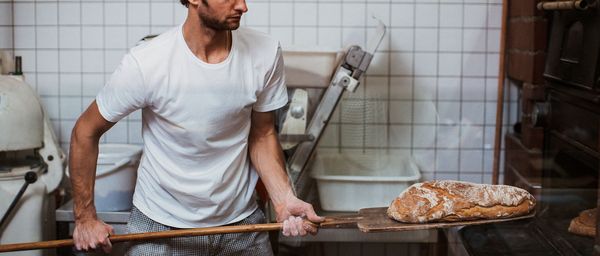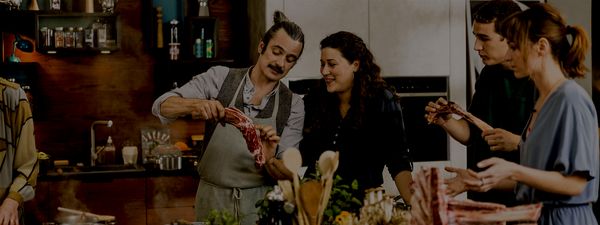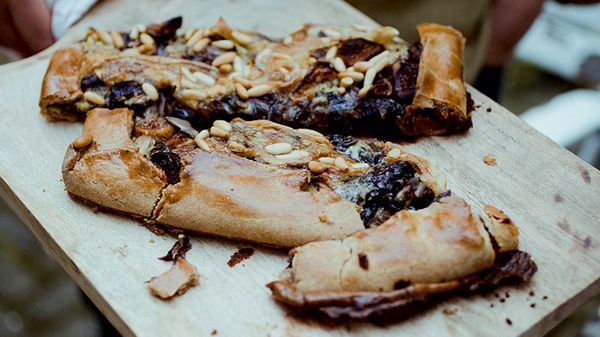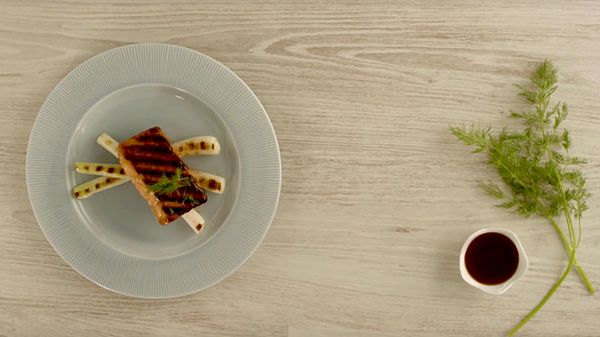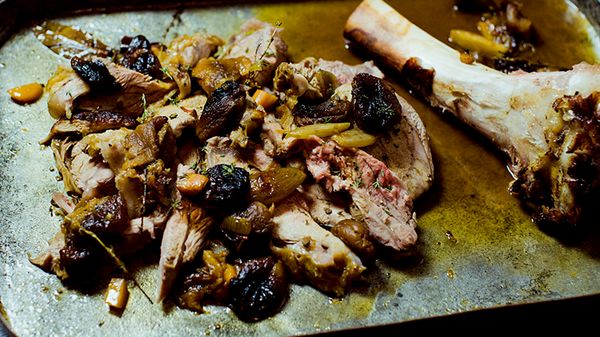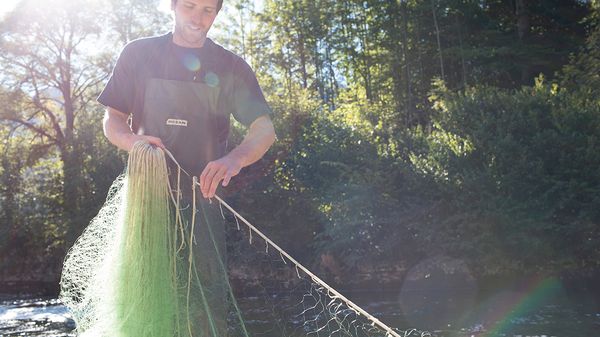
An Austrian adventure
31-year old Fisherman, Alex, has been fishing ‘Saibling’, or Alpine char, since he was a little boy. He knows this crystal clear Austrian freshwater lake like the back of his hands. Spanning 5.6 km, the Grundlsee water comes directly from the springs on the mountains, and filtered by limestone, it reaches the lake. It explains the extraordinary nature of the Saibling. Its pink, delicate flesh reveals a very subtle - almost nutty - flavour when cooked. While the majority of his catch is destined for local shops and restaurants, Alex loves nothing more than enjoying a fish, freshly caught and grilled on beech wood while overlooking the breathtaking lake.
Italian simplicity
There was a time when the south-Italian region of Apulia was known for little else than olives. But acclaimed Chef Pietro Zito has changed all that. As an early ambassador of the Slow Food movement, Pietro celebrates ingredients that haven’t travelled half the world to get to a plate. All the ingredients used at Pietro’s Osteria “Antichi Sapori“ come from his 15,000 m2 garden or nearby producers. Supporting local farmers and food producers means they are given the credit they deserve while reducing food miles. At Antichi Sapori, the seasons dictate what’s on the menu. Knowing when certain produce is ripe and ready for harvest, is what counts. Pietro uses his ingredients – together with the region’s best olive oil – to create an ever-changing menu of mouthwatering simplicity.
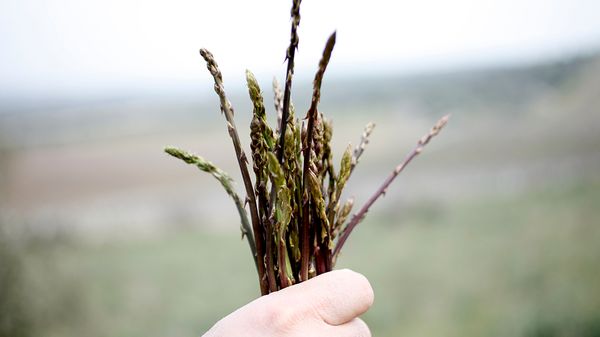
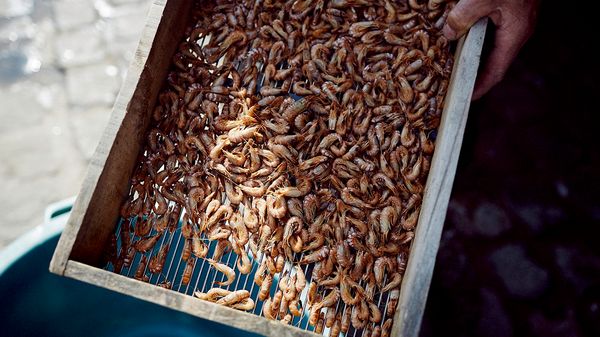
At sea in Belgium
Shrimps that taste of fresh sea water, is a rarity. To find them, you need to mount a horse on the Belgian coast of Ostduinkerke and join 12 passionate fishermen on their ‘fishing trip’. This is the only place in the world where Brabant horses are still used to catch shrimps in big baskets in the shallow waters. Washed, prepared and enjoyed straight away, it’s hard to beat their wonderful natural flavour.
A French delicacy
The French know a thing or two about cheese. Many varieties undergo months of ripening before they attain their distinctive flavour. ‘Affinage’, the French word for ‘cheese ageing’, is a perfect mix of traditional craftsmanship and modern technology. Chief Affineur, Hervé Mons, is the guiding star when it comes to excellent taste. He uses the milk from Salers, an old French cattle breed known for its delicious milk, to create his award-winning Comté or Reblochon. Mons is known to gourmets around the world and his cellars contain well over 100 tonnes of cheese.


Freshly baked in Munich
Germans love their bread. The thought of a shrink-wrapped loaf on a supermarket shelf, robbing you of a wonderful sensory experience, feels like a bit of an anomaly. After all, nothing compares to sampling crusty bread still warm from the oven. That’s the kind of sensory experience master baker Fridolin Artmann works for. He's living proof that bringing out the best in dough is all about love and passion.
A Welsh revolution
When Welsh cattle breeder, Ifor Humphreys, first heard about the stunning buttery taste of Japanese Wagyu beef, he saw more than a business opportunity. He decided to import an embryo from Japan, and nine months later, his breeding bull, Abramovich, was born. The rest is breeding history. In a world governed by the rules of mass production, his small Wagyu operation stands out as an example of high standards of quality. Today, he supplies gourmet restaurants, upmarket food stores and, as he’s very pleased to point out, his local community. When cooked, the meat is incredibly juicy, tender and full of flavour. It’s testament to one man’s passion to create very special food.


Spain's green gold
Olive oil is not a cooking ingredient, it's an element of desire, according to Josep-Maria Mallefré, who elevates the humble olive to green gold in the gentle lowlands of southwestern Catalonia. His mill proudly continues the family tradition started by his grand-father who founded the oil production business. Whereas many other mills combine the harvests of many different farmers when they press oil, Mallafré produces single-sort, personalised oil from individual harvests. This way, their unique character can be preserved, reflecting the source, the individual climate and time of year the olives were harvested.
